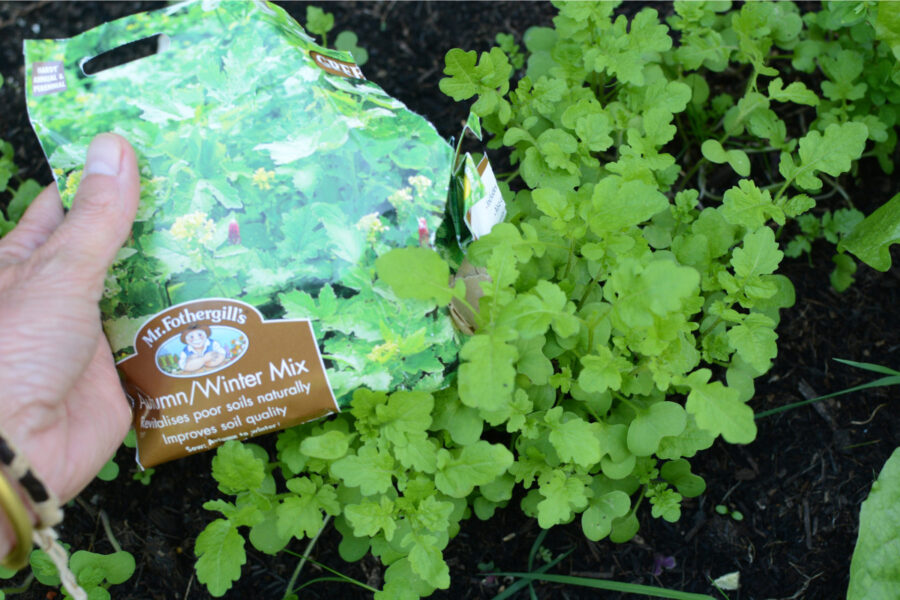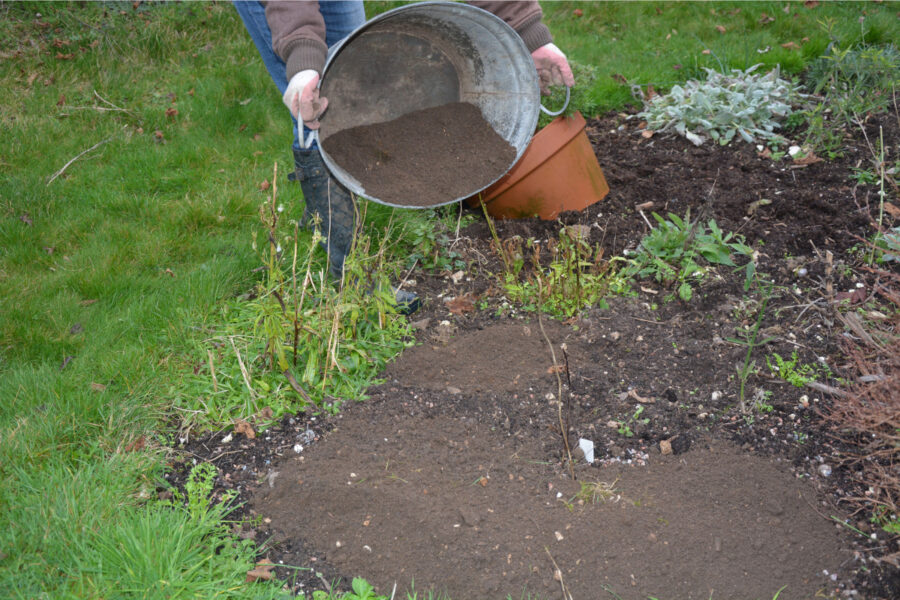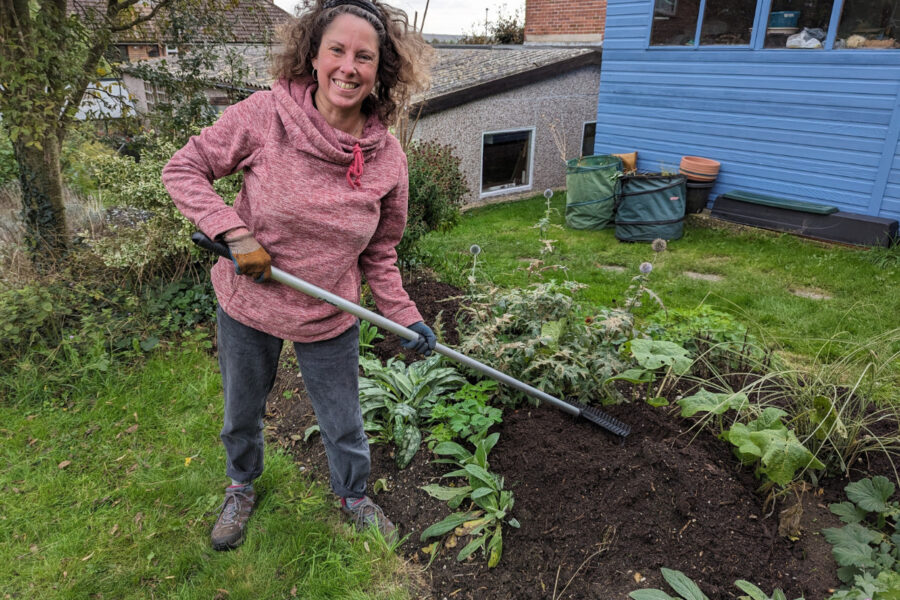Feeding the soil now will protect and prepare it for next year
As the year lumbers into its closing weeks, it’s time to thank the garden for its bounty and reward it by replenishing its spent resources.
Once summer’s annuals have been composted, and perennials cut back or tied up, our next task is to protect and feed the soil before winter gets her hooks into it and causes untold degradation and damage.
The instruction to ‘never leave soil bare’ is an important one to heed, because empty soil is extremely vulnerable to being compacted or eroded by winter weather.
It will already have been depleted by plant growth over the previous month, so one of the most important jobs of autumn is to protect and nourish it for the next year.
Green manures (plants that are sown, grown and then chopped down, incorporated into the soil and left to rot down) are a belt and braces way of protecting growing areas. The plants’ roots knit together to help its internal integrity, and the top growth protects the surface of the soil from wind and rain.
Another easy way of enriching soil is to leave pea, bean and sweet pea roots in place, having cut back and composted the top growth, as they will fix nitrogen in the soil which is essential for healthy plant growth.

If you don’t fancy this method, or are worried about the logistics of working with a green manure, the next best thing is to top the soil with a generous layer of biodegradable organic matter.
This is known as mulching and the mulch can be well-rotted compost or manure, leaf mould, wood chippings and even grass, though this latter is best used in small amounts and during the summer months.
We use homemade compost in our garden because although it takes time to break down, it is a cheap resource and easy to make.
We have a two-tub compost bin and each side produces enough mulch to feed at least one of our main borders.
I also use spent growbag and container compost once the summer’s vegetables and annuals have been composted. This includes compost that has grown blighted tomatoes, as it is safe to use on soil where you aren’t planning to grow any members of the tomato family.
Weed borders well before mulching, and add at least 5cm (2in) in depth. Do so when the soil is damp from rain and not frozen, otherwise the mulch will form a rainproof cap and hug the cold to the soil.
The combination of winter weather, earthworms and soil microbes will help break down the mulch and incorporate it into the soil, enriching it ready for next year’s plants.
How to improve soil
Quick ways to better growing

1. Green manures are fast-growing and help feed and protect the soil in winter.

2. Cardboard covered with compost, manure or bark chippings protects soil, blocks weeds and you can plant through it too.

3. Recycle growbag compost. It may not have much richness but it will help improve soil structure.

4. Molehill season is here, so flatten them and add the excavated soil to your beds. See the next page for further mole advice.
Find more tips, advice and articles like this at the Amateur Gardening website. Subscribe to Amateur Gardening magazine now





